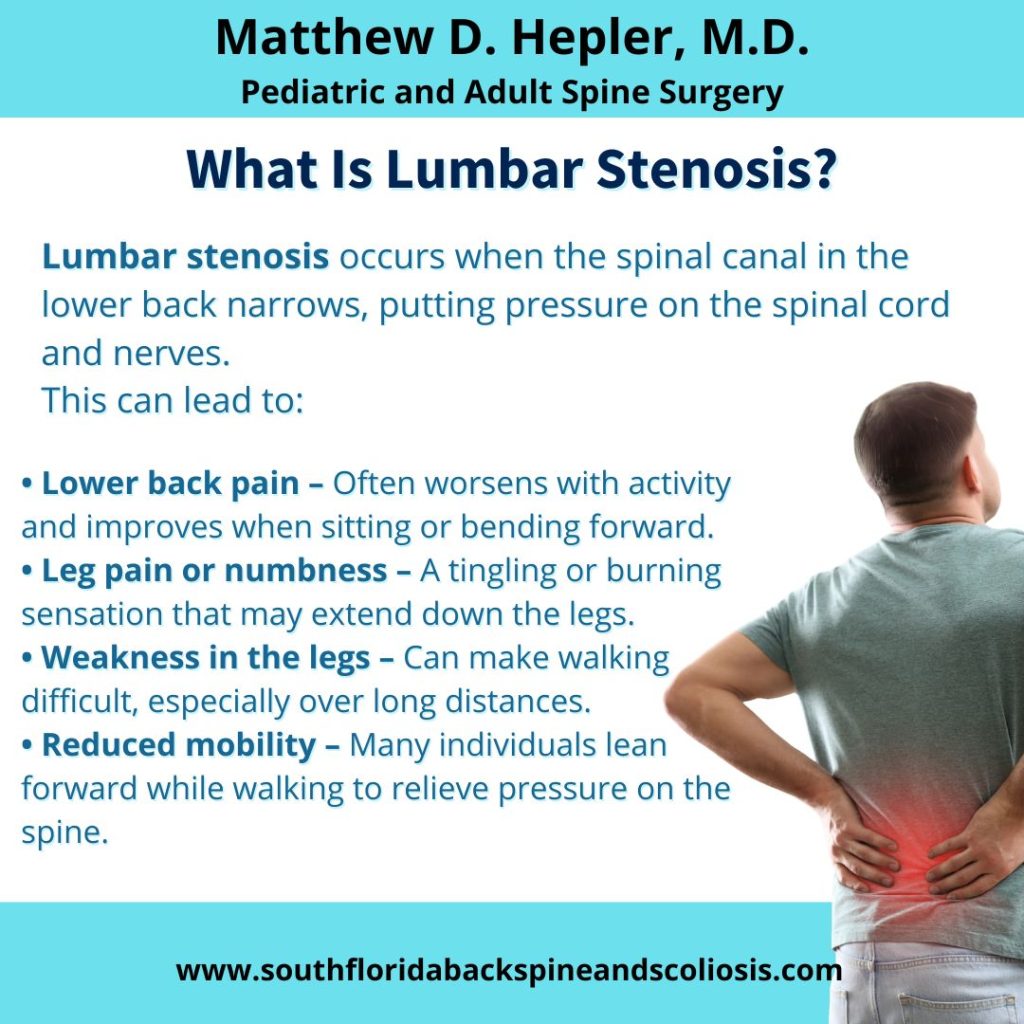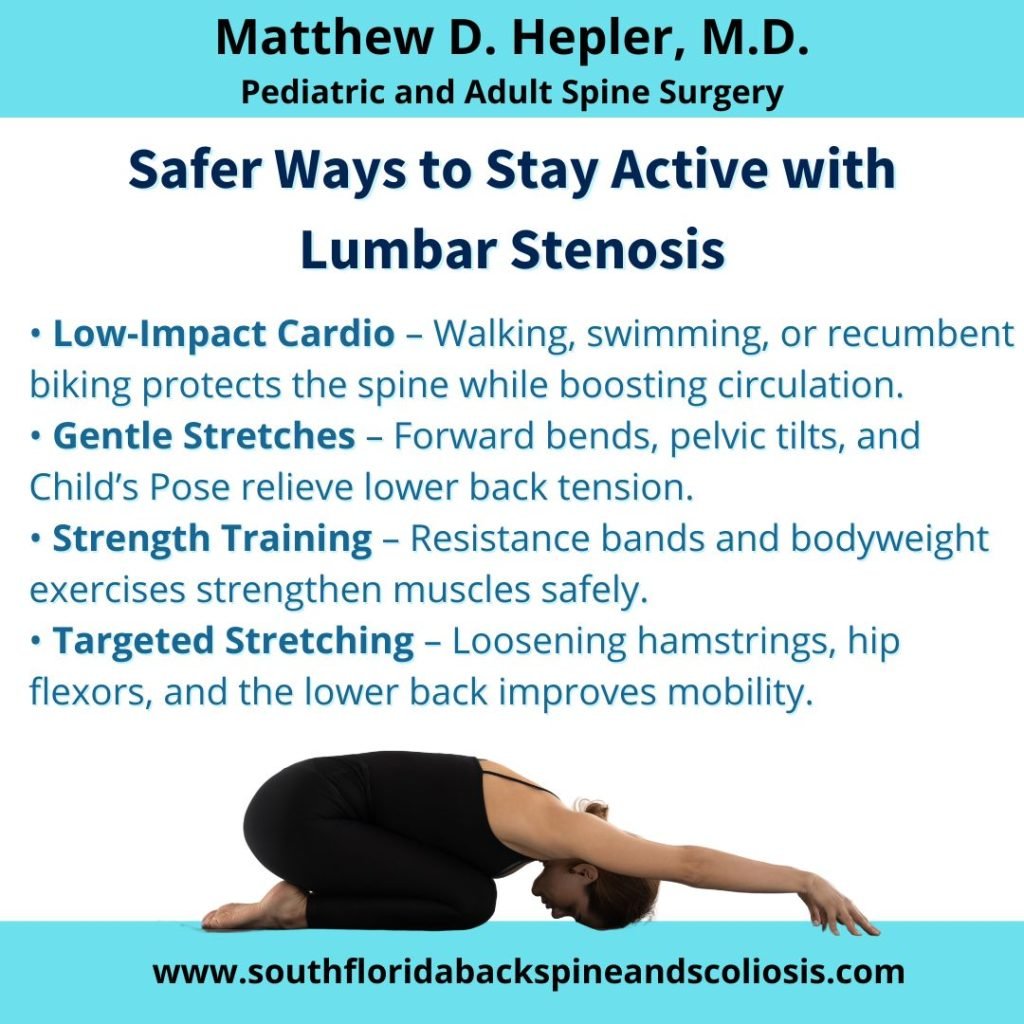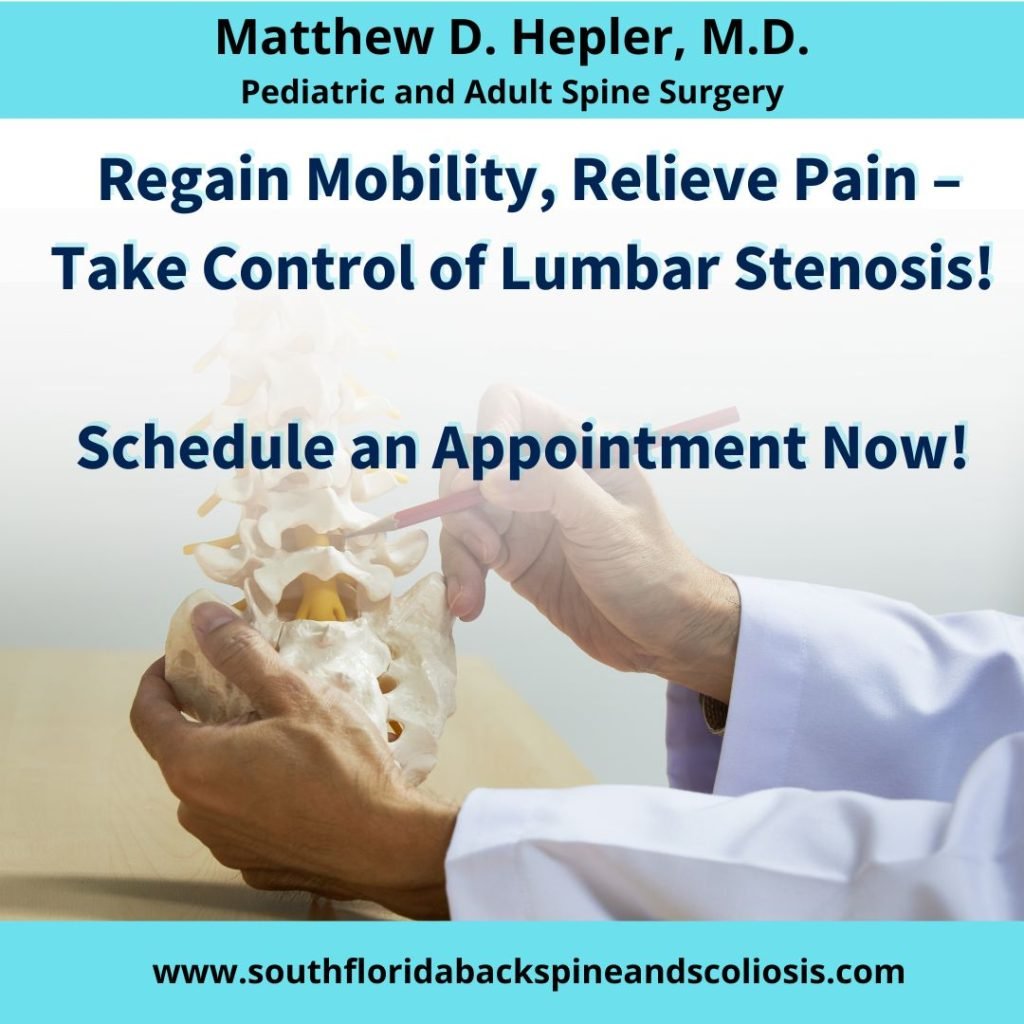Lumbar Stenosis: Exercises to Avoid and Recommendations
Lumbar stenosis is a condition that affects many individuals, particularly as they age. It occurs when the spinal canal narrows, putting pressure on the nerves in the lower back. This can lead to pain, numbness, weakness, and difficulty walking or standing for extended periods. While staying active is crucial for overall health, certain exercises can worsen symptoms and should be avoided. At the same time, there are safer alternatives that can help manage discomfort and improve mobility.
If you’re looking for the best ways to stay active with lumbar stenosis, understand what movements to avoid, and explore treatment options—including when to seek help from a specialist—keep reading.

What Is Lumbar Stenosis?
Lumbar stenosis is a spinal condition characterized by the narrowing of the spinal canal in the lower back. This narrowing can compress the spinal cord and nerve roots, leading to a range of symptoms such as:
- Lower back pain that may worsen with activity and improve when sitting or bending forward.
- Leg pain or numbness, often described as a tingling or burning sensation.
- Weakness in the legs, making walking difficult, especially for long distances.
- Reduced mobility, which may force individuals to lean forward while walking to relieve pressure on the spine.
This condition is most commonly caused by age-related changes, such as arthritis, thickening of ligaments, or the formation of bone spurs. However, it can also result from spinal injuries, herniated discs, or congenital spinal abnormalities.
Although lumbar stenosis is a progressive condition, many people manage their symptoms effectively with the right combination of exercise, physical therapy, and, in some cases, medical treatment.
Exercises to Avoid with Lumbar Stenosis
While exercise is essential for maintaining mobility and strength, not all movements are suitable for individuals with lumbar stenosis. Certain exercises can worsen nerve compression and increase pain. The following should generally be avoided:
Hyperextension Movements
Exercises that involve excessive backward bending, such as yoga poses like the Cobra or Upward Dog, can further narrow the spinal canal and increase nerve pressure.
High-Impact Activities
Running on hard surfaces, jumping exercises, and activities like basketball or tennis can jolt the spine and exacerbate symptoms.
Heavy Weightlifting
Exercises such as deadlifts, squats, and overhead presses put immense pressure on the lower back, increasing the risk of pain and nerve compression.
Traditional Core Exercises
Movements like sit-ups, crunches, or Russian twists can strain the lower back and worsen symptoms by forcing unnatural spinal movements.
Avoiding these exercises can help prevent further irritation and allow for better symptom management.

Safer Alternatives for Managing Lumbar Stenosis
Fortunately, there are many ways to stay active while reducing strain on the spine. The key is choosing low-impact exercises that promote flexibility, strength, and stability without aggravating symptoms.
Low-Impact Cardio
Engaging in activities such as walking, swimming, or cycling on a recumbent bike helps improve cardiovascular health without putting excessive pressure on the spine.
Gentle Flexibility Exercises
Stretching movements like forward bends, pelvic tilts and yoga poses like Child’s Pose can create space in the spinal canal and relieve tension in the lower back.
Controlled Strength Training
Instead of heavy lifting, opt for controlled exercises using resistance bands, bodyweight movements like bridges, and core-stabilizing workouts like the Bird-Dog exercise.
Targeted Stretching
Stretching routines that focus on the hamstrings, hip flexors, and lower back muscles can improve mobility and reduce stiffness.
Incorporating these exercises into a daily routine can help maintain strength and flexibility while minimizing pain.
Treatment Options Beyond Exercise
While exercise and lifestyle modifications play a significant role in managing lumbar stenosis, some individuals may require additional treatment options to find lasting relief.
Physical Therapy
A structured physical therapy program can provide targeted exercises and techniques to improve posture, flexibility, and strength.
Medications
Anti-inflammatory drugs, muscle relaxants, or pain relievers may be prescribed to help manage symptoms.
Epidural Steroid Injections
For those experiencing severe nerve pain, epidural steroid injections can help reduce inflammation and provide temporary relief.
Surgical Treatment
If conservative treatments are not effective, surgical procedures like a lumbar laminectomy or spinal fusion may be necessary. These procedures help relieve nerve compression and create more space within the spinal canal.
Why Choose Dr. Hepler for Lumbar Stenosis Treatment?
When conservative treatments are no longer effective, consulting a highly qualified spine specialist is crucial. Dr. Matthew Hepler, one of the best spine surgeons in South Florida, specializes in treating lumbar stenosis using both non-surgical and advanced surgical techniques.
With years of experience in spine care, Dr. Hepler offers a comprehensive approach to treatment, ensuring that patients receive the most effective care tailored to their condition. Whether through minimally invasive spine surgery, laminoplasty, or other advanced back surgery options, he is dedicated to helping patients regain mobility and reduce pain.
Patients can easily schedule an appointment with a spine specialist in Fort Lauderdale or a spine specialist in Delray Beach, FL for a personalized consultation.

Take the Next Step Toward Pain Relief
If you’re struggling with lumbar stenosis and looking for expert care, don’t wait until symptoms worsen. Whether you need guidance on safe exercises, conservative treatments, or surgical solutions, Dr. Hepler and his team are here to help.
Fill out the contact form now and take the first step toward long-term relief.
***
The material contained on this site is for informational purposes only and DOES NOT CONSTITUTE THE PROVIDING OF MEDICAL ADVICE, and is not intended to be a substitute for independent professional medical judgment, advice, diagnosis, or treatment. Always seek the advice of your physician or other qualified healthcare providers with any questions or concerns you may have regarding your health.



